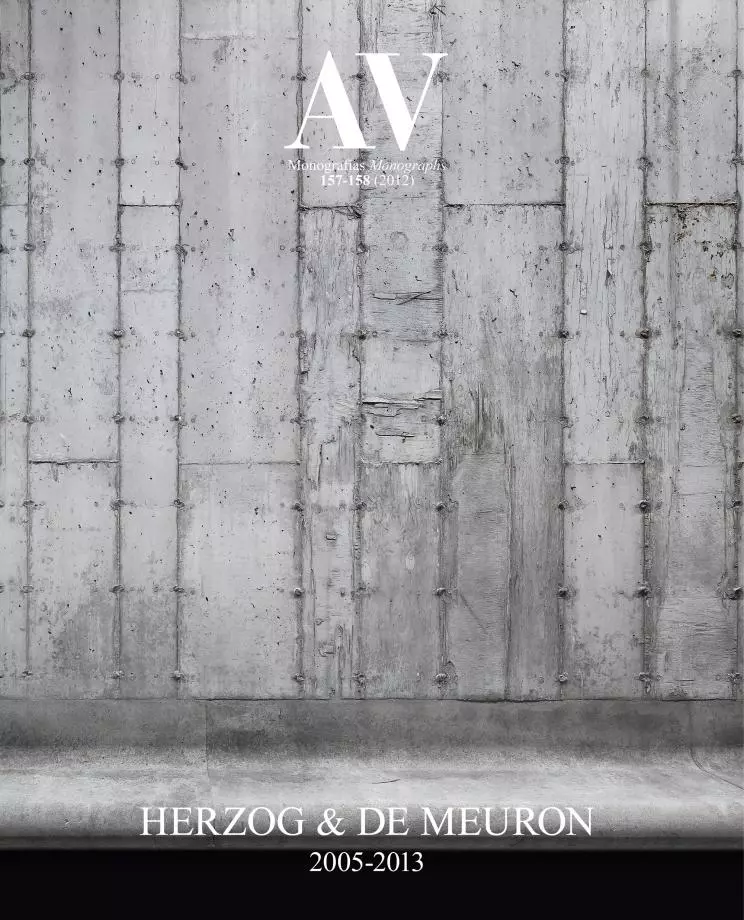
Romanticism is an attitude and a period. As an aesthetic attitude, it colors the entire oeuvre of Jacques Herzog and Pierre de Meuron, from the naturalistic primitivism of materials, textures and patinas to the unexpected violence of scars or skins; and as an artistic period, it harmonizes with the sensitivity of the Swiss when chance or destiny hands them the stage for two operas of that moment, Giuseppe Verdi’s Attila and Richard Wagner’s Tristan and Isolde. In these ephemeral architectures for theater and music, they crystallize their romantic imagination more clearly than in their built works: at the service of bodies and voices, the stage designs carried out in New York and Berlin sum up their artistic path while exacerbating it, revealing its conflicts and strengths. As different from one another as the languages of the two composers – who never met, and whose mutual lack of appreciation is well known –, and perhaps reflecting in their contrast the old rivalry between bel canto and Wagnerians, the stage sets of Attila and Tristan should count among the most lyrical and pedagogical architectures of Herzog & de Meuron.
Attila: Ruin and Forest
For the Attila staged in 2010 at the Metropolitan Opera House, the architects chose the ruin and the forest, two opposed images that well symbolize the patriotic spirit of this minor work by Verdi, belonging to his ‘galley years’, a period when the demands of commissions compelled him to compose very fast on poor librettos. Premiered in Venice’s Fenice in 1846, the opera tells of the clash between a Rome in decadence and powerful barbarians, and the clamor to rebuild Italy’s past glories – which would echo so much in the rising wave of nationalism, contributing to Verdi’s fame as a political composer – comes to the fore in the New York set through two quintessentially romantic topoi, the melancholic ruin and the magical forest.
Of course the ruins are those of the ancient Rome that the Italian patriots of the Risorgimento wished reborn in a unified peninsula, but in Herzog & de Meuron’s design – avoiding the figurative nostalgia of split pediments and truncated columns – they simultaneously take on the titanic dimension that makes them look like remains of the mythical constructions of a race of giants, the fractured regularity that likens them to geological formations, and the abruptly defensive arrangement that makes them resemble one of the many barricades that went up in a convulsed Europe that would become revolutionary in 1848. Whether cyclopean remains, geological landscape or rebellious barricade, the ruins of Attila dilute history in myth, the city in nature, and civil order in popular insurrection...[+][+]






